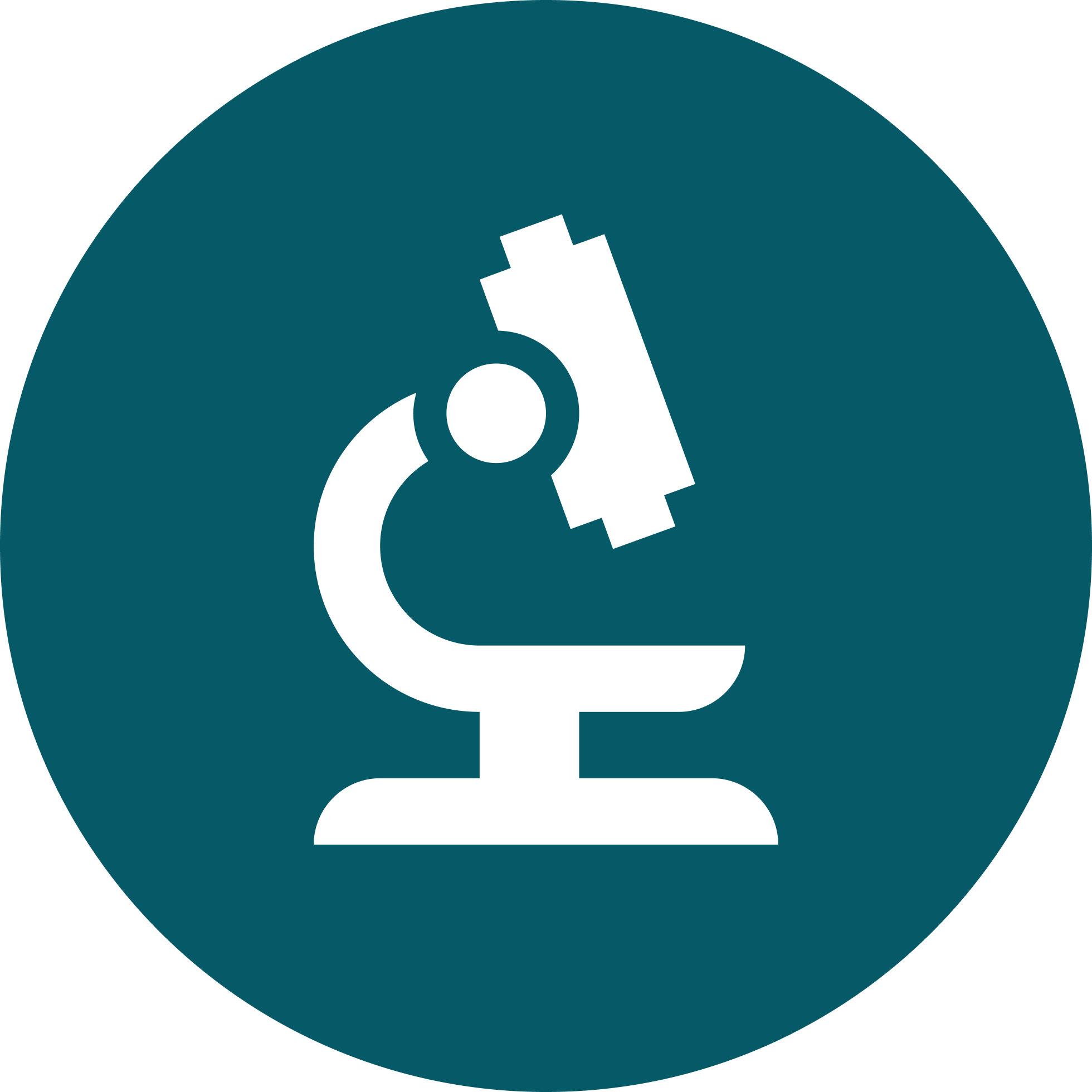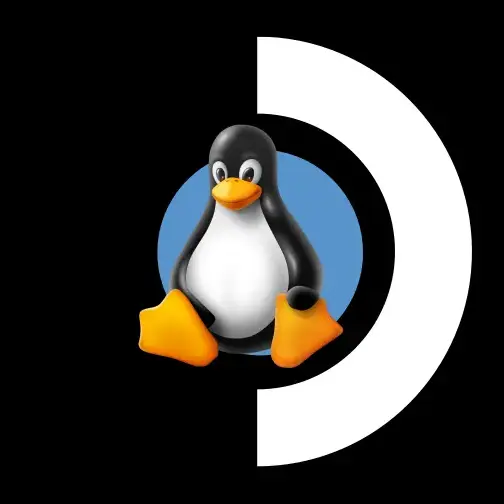

I disagree. It is more than just a nitpick. Saying black holes suck things in implies that they are doing something different than any other mass. Which they are not. Would you say a star sucks in stuff around it? Or a planet? Or moon? No. That sounds absurd. It makes it sound like blackholes are doing something different to everything else - which is miss-leading at best. They way things are described matter as it paints a very different picture to the layman.





Realtime is important on fully fledged workstations where timing is very important. Which is the case for a lot of professional audio workloads. Linux is now another option for people in that space.
Not sure Linux can run on microcontrollers. Those tend to not be so powerful and run simple OSs if they have any OS at all. Though this might help the embedded world a bit increasing the number of things you can do with things that have full system on chips (like the Raspberry pi).